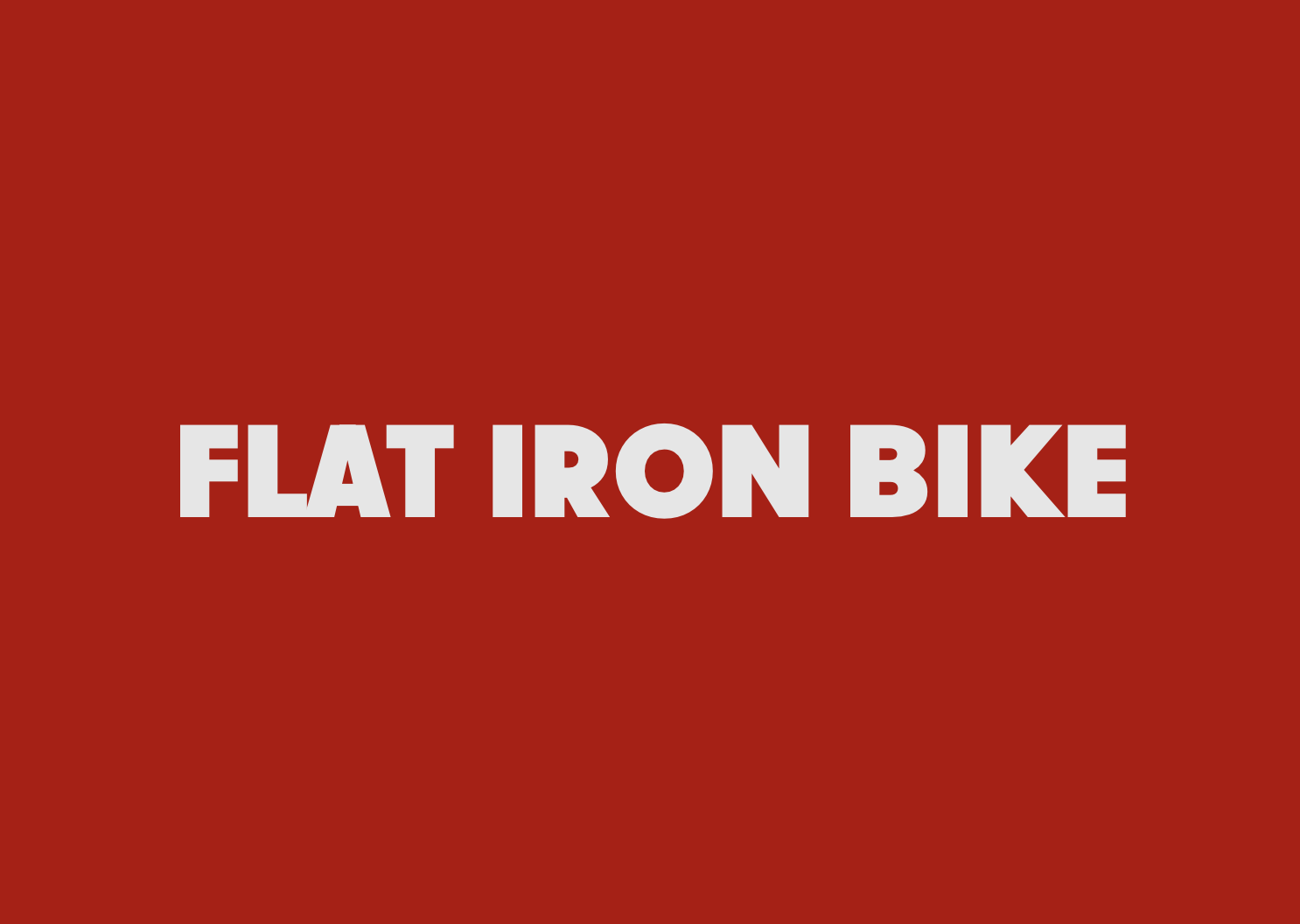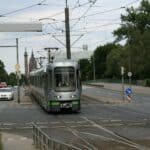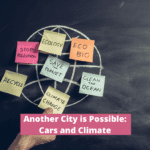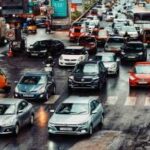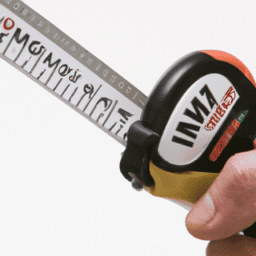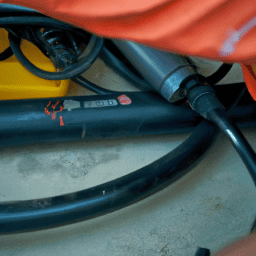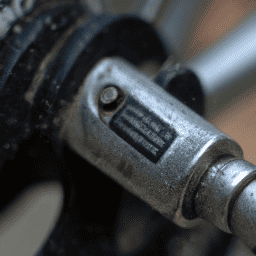Transportation
Cities Without Traffic: A New Way Of Life

Imagine a city where the streets buzz without the sound of honking cars. Where the air smells fresh, not like exhaust fumes. And where getting from point A to B doesn’t mean playing bumper cars. This dream might sound far-off, but what if I told you we could turn it into reality? A place where pollution, the never-ending honk-honk, and the scare of accidents just don’t exist. That’s right—we’re talking about a city free of traffic jams! **It’s not just a pipe dream.** Dive into this vision with me, where I’ll unveil secrets and share eye-opening facts that unleash the possibility of living in such an urban paradise. If you’ve ever been caught in a traffic snarl, wondering if there’s a better way, you’re in the right spot. Keep reading, and I’ll show you why staying hooked could offer you a glimpse into a future worth striving for.
Living in a City Without Traffic
There are many benefits to living in a city without traffic. For one, it would be much quieter. We would no longer have to deal with the noise of cars honking their horns or the sound of engines revving. This would be especially beneficial for people who live near busy roads.
Another benefit of living in a city without traffic is that it would be more environmentally friendly. There would be no emissions from cars, and less overall pollution. This would lead to cleaner air and water, and a healthier environment for everyone.
Finally, living in a city without traffic would be safer. There would be fewer accidents, and pedestrians would no longer have to worry about being hit by a car. With fewer cars on the road, there would also be less congestion, making it easier to get around.
How to Create a City Without Traffic
Creating a city without traffic is not as difficult as it may seem. The first step is encouraging people to use public transportation instead of cars. This can be done by providing free or discounted fares, or by making public transportation more convenient and reliable.
Another way to reduce traffic is to encourage walking and biking. This can be done by creating more pedestrian-friendly streets and providing bike lanes. Finally, we can reduce the number of cars on the road by making it more difficult to park. This can be done by charging for parking or by reducing the number of parking spaces available.
The Future of Cities
The future of cities without traffic is bright. As more people learn about the benefits of living in a city without traffic, they will likely demand these changes from their governments. In time, we may see more and more cities implementing these changes, until traffic becomes a thing of the past.
The Benefits of Living in a City Without Traffic
There are many benefits to living in a city without traffic. For one, it is much quieter so you can get a good night’s sleep. There are also fewer air pollution and noise pollution, which are both good for your health. In addition, there are usually more green spaces and parks in cities without traffic, which provide a great place to relax and get some fresh air. Finally, walking or biking is often quicker and easier in these types of cities, so you can get around without having to rely on a car.
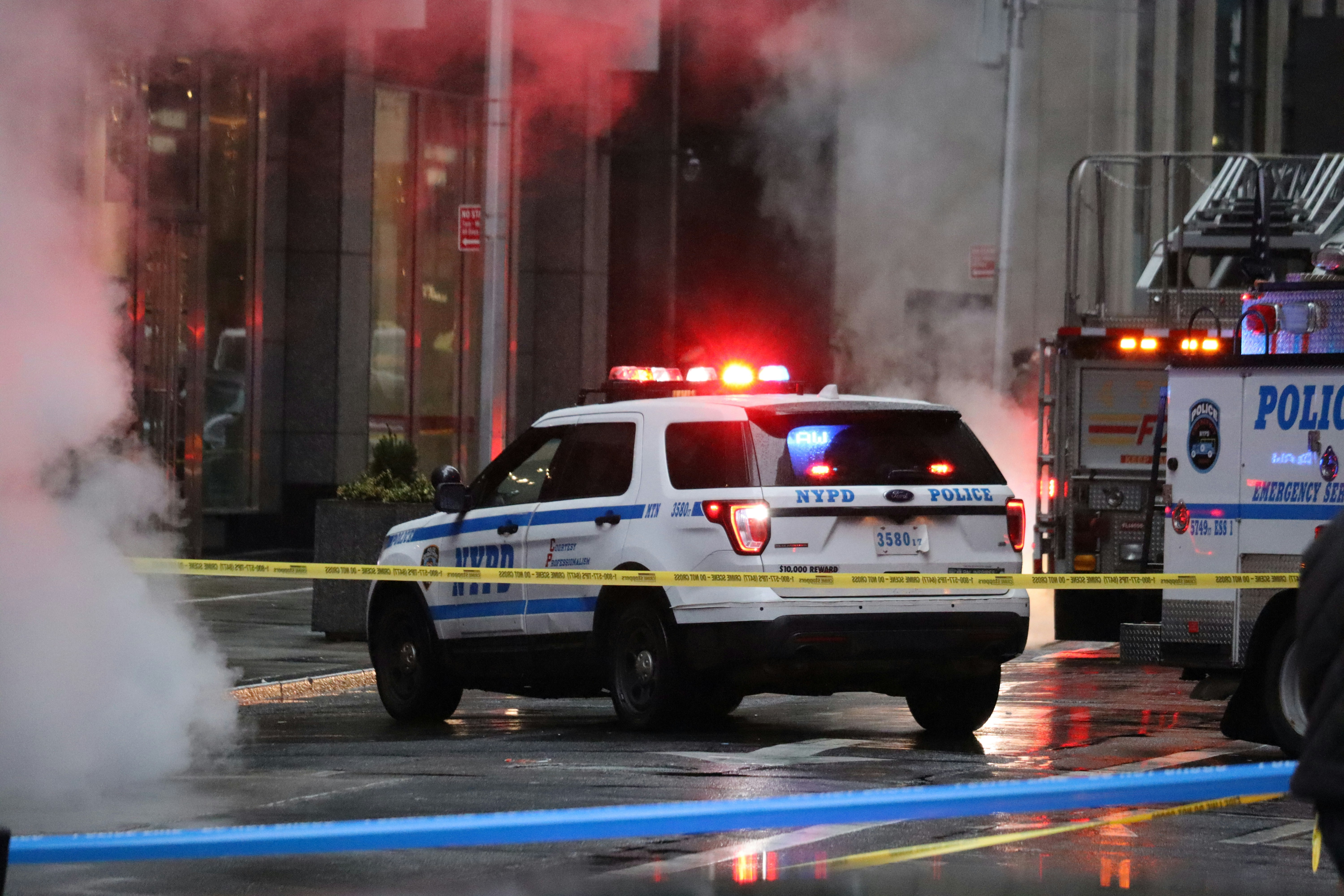
How to Create a City Without Traffic
There are a number of ways to create a city without traffic. One way is to use public transport instead of private vehicles. This can be done by building more efficient public transport systems, such as light rail or bus rapid transit. Another way to reduce traffic is to encourage walking and cycling. This can be done by creating pedestrian- and cyclist-friendly infrastructure, such as dedicated bike lanes and pedestrian-only zones.
Additionally, city planners can discourage private vehicle use by making it more difficult to park in central areas and by pricing parking accordingly. Finally, cities can encourage
The Future of Cities Without Traffic
As more and more people move into cities, the problem of traffic becomes increasingly acute. But what if there were a way to eliminate traffic altogether? That’s the vision of cities without traffic, and it’s one that is slowly becoming a reality.
There are a number of ways to reduce the amount of traffic in a city. One is to build fewer roads. This has the effect of forcing people to use other forms of transportation, such as public transit, bicycles, or their own two feet. Another way to reduce traffic is to charge for road use. This can be done either by levying a fee on vehicles entering the city, or by implementing a congestion pricing system wherein drivers are charged based on the time of day and the level of congestion.
The long-term goal of these measures is to make driving so inconvenient and expensive that people will give it up entirely and switch to other forms of transportation. And in many cases, that’s exactly what’s happening. In Paris, for instance, the number of people using public transit has increased by 20% since the introduction of congestion pricing. In Stockholm, the number of people cycling to work has increased by 50% since 2007.
There are a number of benefits to eliminating traffic from cities. Perhaps most importantly, it would greatly improve air quality. Traffic is responsible for a significant portion of air pollution in urban areas, so getting rid of it would have a significant positive impact on public health. It would also reduce noise pollution and make cities more pleasant. And, of course, it would make getting around much easier and faster for everyone involved.
There are still some challenges to be addressed before cities without traffic become a reality. One is the question of how to finance public transit systems that can adequately serve the needs of a city’s residents. Another is how to change people’s travel habits so they’re willing to ditch their cars in favor of alternative forms of transportation. But if these challenges can be overcome, we may see a future in which cities are free from traffic jams and gridlock.
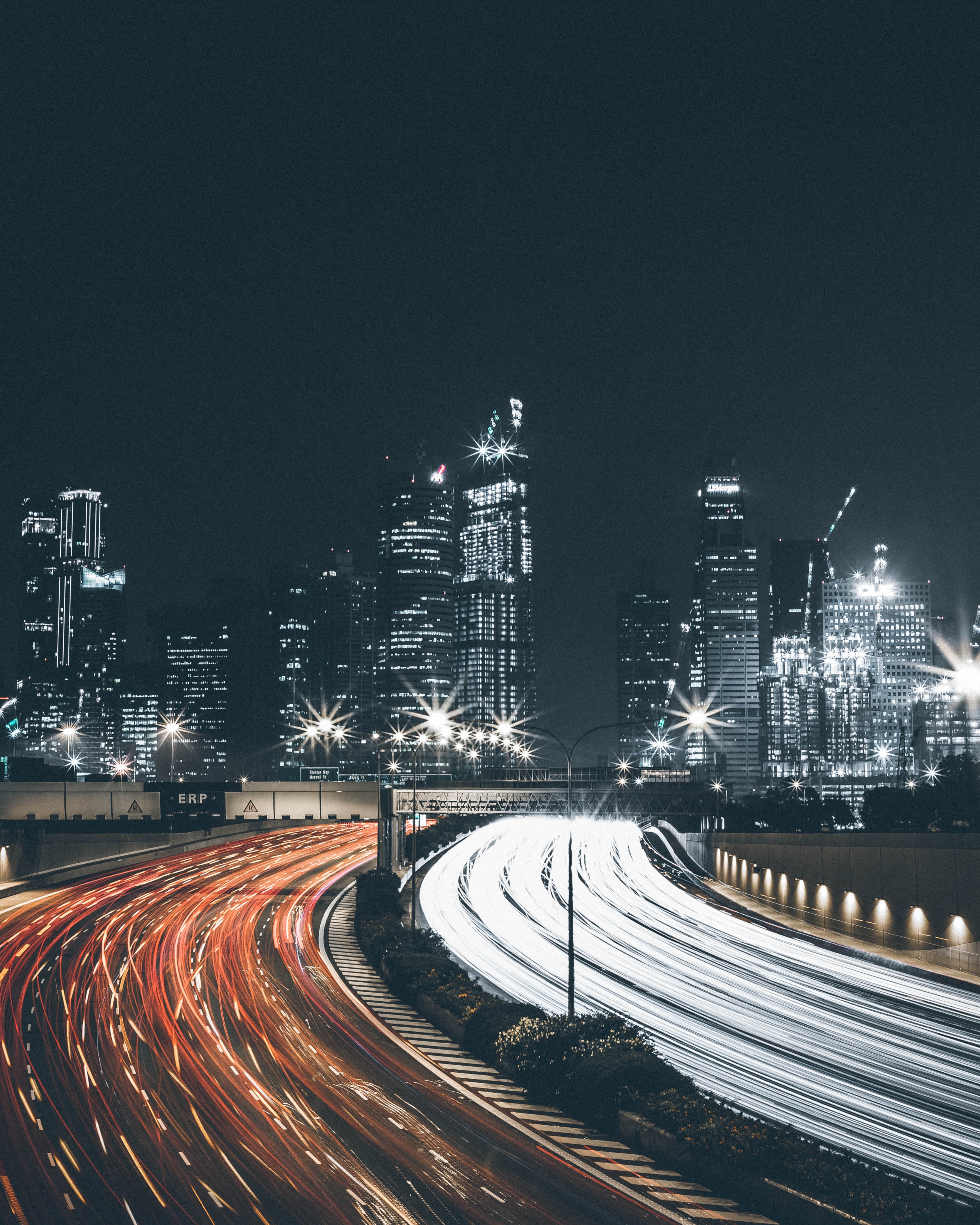
Olivia’s writing is not only informative but also inspiring. She has a knack for telling stories that capture the essence of cycling and the joy it brings to people’s lives. Her writing has been praised by readers and industry experts alike for its clarity, depth, and authenticity.
In addition to her writing, Olivia is also an avid cyclist. She enjoys exploring new trails and routes and has participated in several cycling events and races. Her first-hand experience with cycling gives her a unique perspective on the sport, reflected in her writing.
Overall, Olivia is a talented writer passionate about cycling and dedicated to producing high-quality content for FlatironBike. Her contributions to the magazine have helped make it a go-to source for cycling enthusiasts worldwide.
Transportation
Cities Without Traffic Examples
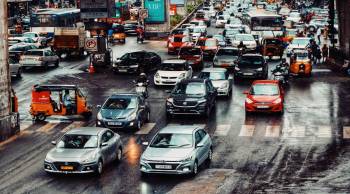
In an effort to decrease traffic volumes, various cities have implemented car-free policies. Over a dozen municipalities now identify as car-free areas. Additionally, the introduction of bike-sharing schemes has gained traction in numerous cities. Urban designers are exploring strategies to minimize the need for parking spaces.
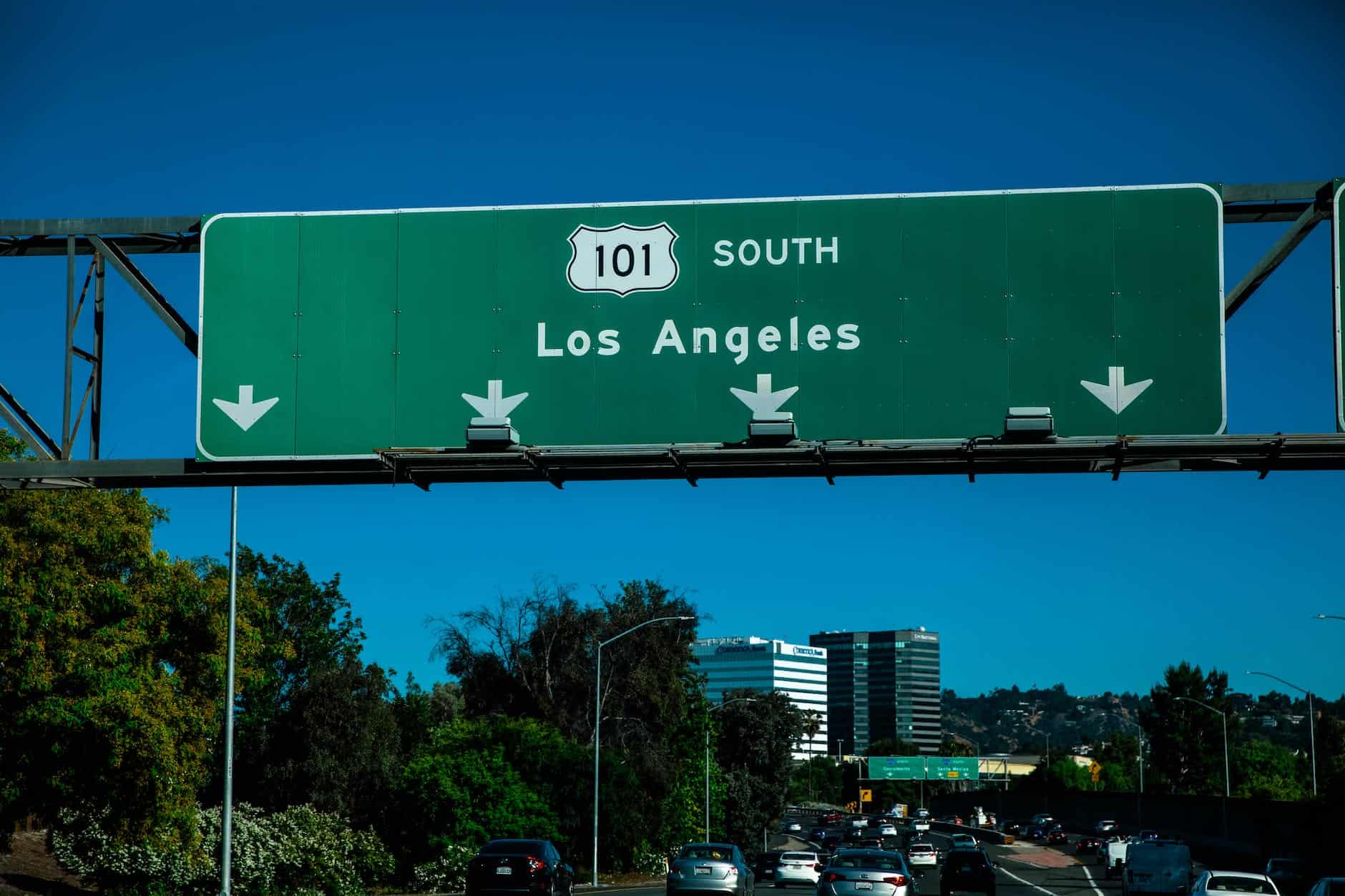
Los Angeles
The Los Angeles traffic issue is one of the city’s most contentious issues. While several different solutions have been proposed, none have been successful, especially in mass transit. The city’s first transit system was designed to alleviate congestion in the downtown area and encourage people to move to the suburbs. This policy was unsuccessful as the city’s population grew and urban planning evolved.
Although the city has one the most extensive road networks in the country, its roads are already overcrowded. There is not enough capacity to expand, and residents are opposed to new roads being built. This situation has caused many to call for greater public transit systems. This would make it easier for motorists to commute without wasting time in traffic.
To combat traffic congestion in Los Angeles, policymakers must determine the cause. The problem is more complicated than just a lack of space – the main cause of congestion is an imbalance in the supply and demand for road space. Cities must increase the supply of road space and reduce the demand for automobile travel during peak hours.
According to INRIX’s study, Los Angeles had the highest level of road congestion in the country last year. In 2016, motorists in the city spent 104 hours stuck in traffic, a period equivalent to four days and eight hours. This is equivalent to watching fifty times the movie “Falling Down”.

San Francisco
Traffic is a major problem in San Francisco. Although it is only 49 square miles, the city is home to a population of nearly one million. The unique geography of the city reduces traffic. There are bike lanes, protected bike lanes, public transportation, and bike lanes that reduce traffic. Congestion can also negatively impact the quality of life, safety, health, and health, especially for low income communities of color. The city has implemented parking pricing changes to address this and encouraged more efficient travel. It has also installed protected bike lanes and added transit only lanes. It has also taxed ride-hail trips to support transit.
While San Francisco may be renowned as one of the world’s most crowded cities, Oakland’s traffic situation is partly caused by its neighboring city. San Francisco’s population density is extremely low, so it doesn’t have enough space to expand its traffic infrastructure. Many of the buildings in Oakland are not built to accommodate cars, which has caused commute patterns to shift to neighboring cities.
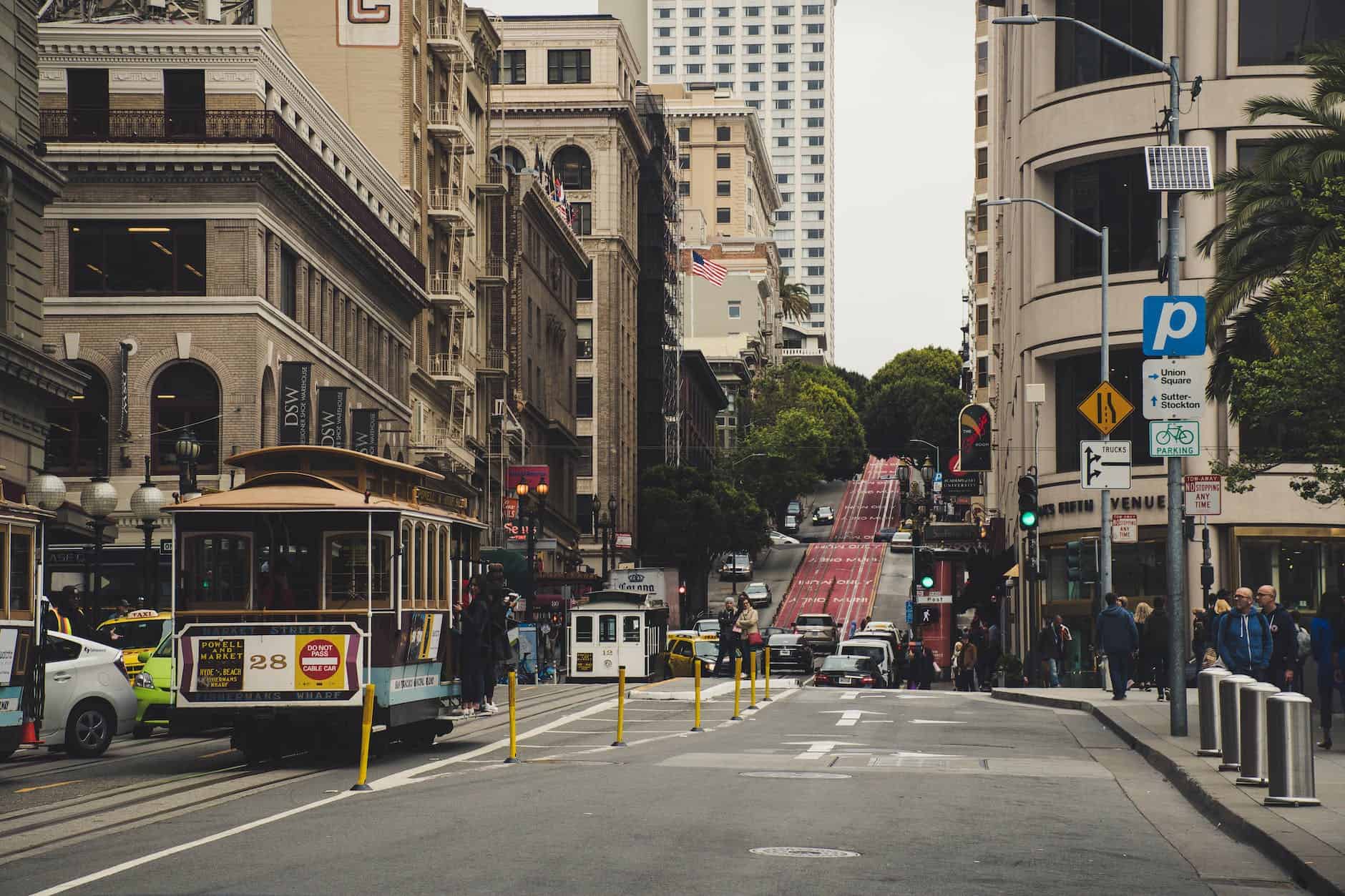
Although traffic is still a problem in the Bay Area, it is not yet back to its ‘Carmageddon’ levels. According to the MTC (which manages transportation planning and financing in the Bay Area), Silicon Valley traffic is experiencing a decrease in drive time.
Dublin
A recent survey by TomTom shows that Dublin has traffic congestion levels that are on par with other major cities. Although traffic congestion in major cities is generally less than in Dublin’s, it still causes significant daily congestion. Dublin commuters lost an average 85 hours per week to traffic last year.
However, it would help if you remembered that driving in Ireland involves different rules than driving in the United States. Driving on the left side is the norm in Ireland. You might need to retrain if you are used to driving with a manual transmission. You can easily rent an automatic car if you prefer an automatic transmission. You can also use the bus system to explore Ireland’s countryside.
In addition to light rail, Dublin has announced plans to expand its bus and train services. It is also looking into creating a new network of cycle lanes. The cycle lanes will be separated and made two-way for cars and bikes. The city is also discussing new bridges in the docklands, which will make crossing rivers easier.
These plans are part of a wider pro-pedestrian movement across Europe. Similar plans were announced in Madrid, Brussels, Paris, and Brussels. This new mode of transportation could become the norm if Dublin succeeds. Dublin could become a city without traffic in the future.
Tel Aviv
The transportation industry greatly influences global warming. It generates 23% of greenhouse gas emissions, and vehicular emissions contribute to air pollution, which causes 3.7 million premature deaths yearly. Despite this, public transport is not very popular. In large cities, the share of commuters hovers around 20%. This, in part, can be attributed to poor quality of service.
Congestion causes slower travel times. In 2010, morning rush hour traffic speeds were at less than ten kilometers per hour. The number of standstill vehicles has increased, contributing to urban air pollution. The city has made efforts to improve traffic, including implementing artificial intelligence into traffic signals.
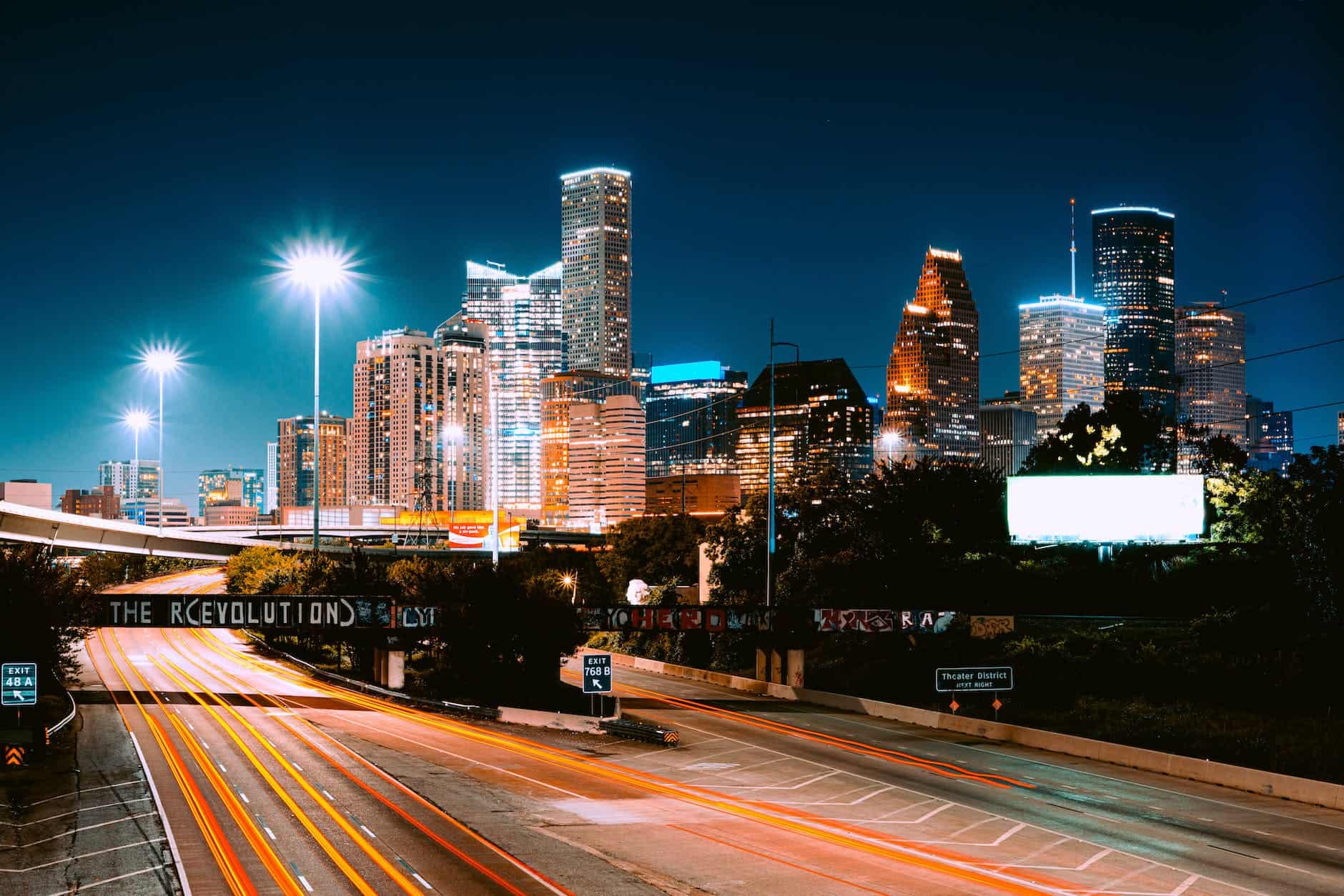
Public transportation is a major issue in Israel. However, many residents prefer private cars. Unfortunately, public transportation options currently do not offer credible alternatives. In addition, public transportation takes twice as long as personal car travel, and buses travel on the same roads as cars, further adding to congestion. However, public transportation should be improved.
One of the busiest highways in Israel is Highway 2. It is very congested during rush hour, weekends and holidays. The highway was built in the early 1950s as a two-lane road but was widened to four lanes in the mid-1960s. The route was not grade-separated until 1965.
Washington
Port Angeles is a great place to live on the Olympic Peninsula. The town is only accessible by ferry and by Highway 101 and is adjacent to the Hoh Rain Forest, which receives significant rainfall. Port Angeles is Washington’s second-best driver despite its remote location. Traffic infractions in Port Angeles grew three-fold between 2016 & 2017.
Washington has some of the most congested cities in the country. Seattle is the fourth most congested city due to its high number of transplants. According to the Texas A&M Transportation Institute and Kirkland-based data company INRIX, the average motorist in Seattle experienced 82 hours of traffic delays in 2015. The study also found that Washington, D.C., has a high level of traffic problems with an average of 82 hours of traffic delays in 2015.

The Washington state Department of Transportation (WashingtonDOT) is looking for solutions to traffic congestion. While a more extensive plan is needed, it’s impossible to address the problem with a one-size-fits-all solution. In addition to making existing transportation systems more efficient, the authors also suggest encouraging flexible work schedules, implementing new transportation technologies, and creating high-density neighborhoods accessible by walking and bicycling.
The Washington area has two distinct periods of traffic: morning and evening rush hours. On weekdays, rush hour is six a.m. to nine a.m.; on Fridays, rush hour runs from 3:30 to 6:30 p.m.
Transportation
Another City is Possible – Cars and Climate
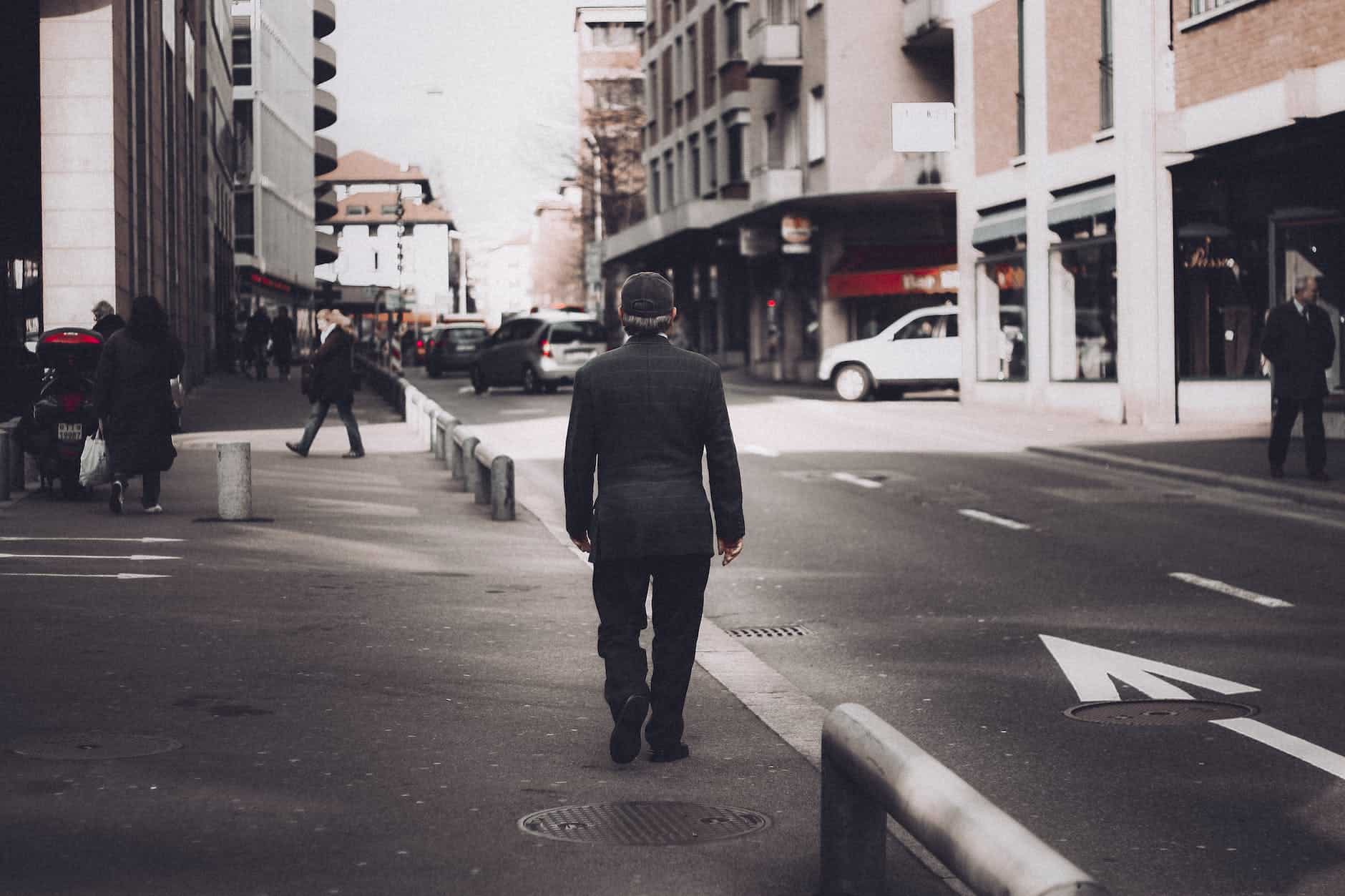
In this article, we explore the hidden expenses associated with widespread automobile use, various options to owning a car, and the innovative strategies coming out of the American Cities Climate Challenge. We also delve into the shift towards sustainable transportation. These approaches are transforming our perception of what the future of urban areas might look like.
Indirect costs of mass driving
Although they are often overlooked, indirect costs of mass driving in another place can be significant. INRIX, a transport data company, recently measured the economic impact on traffic delays in five millions miles of roadways in 1,360 countries. The researchers converted the traffic-slowdown data to dollar figures to calculate the direct and indirect costs of mass driving. These costs include fuel and consumer prices, time wasted, and elevated shipping costs.

Transitions for sustainable mobility
The physical restrictions that limit mobility are often ignored in the literature about transitions to other cities. Instead, transitions are typically conceptualised as a matter of infrastructure, or as a set of scales within a multi-scale framework. This approach is however inherently limited. In cities where open space is scarce and finite, it must be reconceived as a resource, with both overlapping and competing space claims.
Sustainable transitions require the convergence of MAT, INF and SEF. While different transition processes may overlap, each of these components has their own unique characteristics. These components often work together to create a sustainable mobility solution. The SEF component is an integral part of the overall plan, regardless of whether it is based on alternative solutions and infrastructure.
This work is a result of a collaborative effort from four authors. BP suggested the original concept as part her doctoral research. GV and AW created the mobility and urban planning perspectives, and aligned their proposal with existing transitions research. AW provided the methodology, while GV and BP conducted interviews and consolidated the research into the first and second submissions.
Cities drive their transformation processes and development levels differently, and the strategies they use depend on their own specific conditions and cultural backgrounds. For example, the level of wealth among its citizens can be a determining factor in mobility choices. More economically developed cities are more likely to invest in capital-intensive projects and initiatives, which can be a key factor in transitions to sustainable mobility.
ICLEI is an international network that promotes sustainable mobility. Their goals include developing integrated transport systems that reduce dependence on private automobiles and improve health. The organization promotes sustainable urban development and minimizes the environmental impact of freight transport.
Alternatives to car ownership
There are many options for alternative transportation besides owning a car. These include public transportation, biking, car sharing, ride share, car subscription services, and car rentals. However, not all of these options are practical. They can lead to insurance and safety risks. What are some alternatives to car ownership?
Renting a car can be a great alternative to owning a car. Depending on the situation, renting a car is a convenient and affordable way to acquire a vehicle. In addition, renting a car is a safe option for personal mobility. Although car sharing can be more expensive than car ownership it is cheaper and faster.
Alternatives to car ownership are becoming increasingly popular. The mobility landscape is changing thanks to new technology and on-demand services. This change is being driven by Gen Z and Millennials. Among them, 52 percent say that owning a vehicle has become too expensive. This generation spends more on transportation than the Baby Boomers and Gen Xers. Their average cost per mile is also much higher than their elders.
Public transport is an alternative to car ownership. Public transport has zero cost of ownership and does not require maintenance. Many towns and cities have well-developed public transportation networks. If you need to commute frequently, consider buying a monthly or weekly pass that allows you to use public transport for a specified amount of time. Some of these systems include busses, trams, and commuter rail.
Solutions emerge from the American Cities Climate Challenge
The American Cities Climate Challenge is an accelerator program that brought together 25 cities to develop innovative solutions to climate change. Funded by Bloomberg Philanthropies, the program aims to speed up cities’ ability to address climate change on a global scale. Cities are taking various actions to reduce greenhouse gas emissions, improve their public health, and create equitable communities through its support.
The American Cities Climate Challenge seeks to empower the nation’s most ambitious and populous cities to scale up and replicate solutions already working in other cities. It provides city leaders with strong technical assistance and training and support for full-time city advisers. This challenge aims at demonstrating that cities can implement climate solutions in areas such as public transportation and buildings. Buildings and transportation are the two largest contributors to carbon pollution in cities.
Cities must support the Paris Agreement goals to be competitive in the Climate Challenge. The American Cities Climate Challenge grants to cities that pledge to improve their energy efficiency. San Antonio, Denver, and Portland, for example, will be focusing on expanding public transit and bike routes. In addition, cities such as Austin are working on increasing their use of electric vehicles, and some will also improve building codes.
The Bloomberg American Cities Climate Challenge provides technical assistance and support to cities that are developing innovative climate solutions. The competition offers cities support packages up to $2.5million. Portland plans to use the funding to reduce climate change in transportation and encourage renewable energy use in the city. It will also help promote community-owned renewable energy projects and large solar arrays.
The future city of Heidelberg that is automobile-light
To reduce the city’s environmental impact, the mayor of Heidelberg is working to develop a automobile-light town by 2030. This means creating a network of bicycle superhighways and reducing the number of cars on the roads. The city also plans neighborhoods discouraging cars and encouraging walking and public transport. For example, residents who give up their car for one year are entitled to ride public transportation for free.
While the city isn’t a perfect automobile-free zone, it’s an excellent example of progress. The city’s mile-long pedestrian area is full of tourists and visitors. But Rail City, a new neighborhood built on top of an old rail freight yard, is the best example of its emission-free ambitions. This parcel was cleared from three unexploded World War II Bombs and is now a climate-neutral community.
Although the plan is a positive step, there are still many concerns. Traffic is a major problem, and can cause problems for pedestrians. There is no charging station in the underground garages for electric cars, and the paved promenade is too narrow, which can lead to conflicts between cyclists and pedestrians.
Transportation
Bicycle Grocery Shopping Made Easy

Shopping for groceries by bike is an excellent method for urban and suburban dwellers to gather essentials without the need for a vehicle. Before embarking on this adventure, consider your level of ease and the type of landscape you will encounter. Also, ponder over delicate goods you intend to carry and the manner in which they will be secured on your bicycle. Employing a bicycle rack or a trailer designed for bike storage might prove to be quite beneficial.
Bicycle storage trailers
The bike storage trailers make grocery shopping simple because they allow you to transport your groceries on your bicycle. The Burley Travoy is the perfect choice for urban grocery commuting, since it includes a built-in tote bag for your groceries. Moreover, it is lightweight at only 14.5 pounds.
The best trailers can carry more groceries and fold up neatly. They can be easily stored in the trunk or garage when not in use. They also have wheels that tuck inside the trailer, making it convenient to remove and store them.
Bike rack trailers can be attached to the rear bike rack or to the front wheel, and they are usually taller. This gives them more flexibility when hauling oversized items and heavier loads. The type of load you are carrying will determine the size of the container.
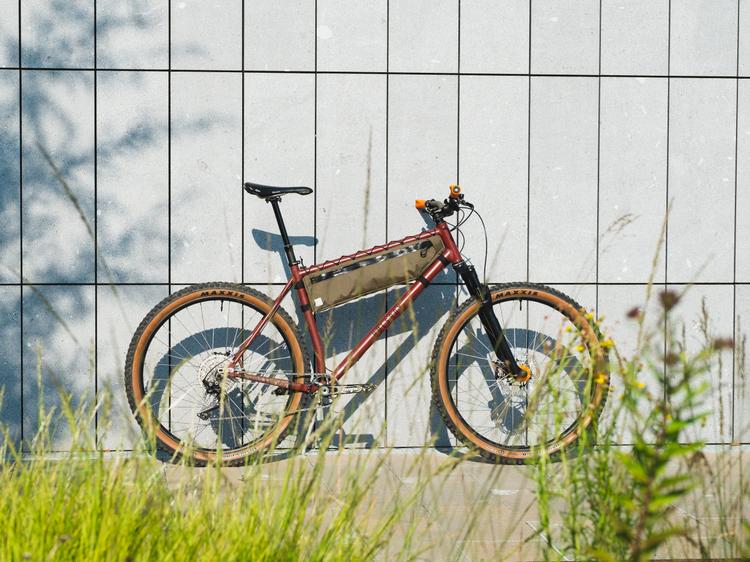
There are several types of bicycle storage trailers, each with different features and benefits. Two-wheeled models are more durable, while single-wheel trailers can be rolled easily. Generally, a single-wheel bike cargo trailer has more capacity, but can’t haul as much weight as a two-wheel model. Single-wheel models are better at carrying less weight but require a more delicate and zen-like approach to loading the cargo.
Choosing the right bicycle storage trailer is important for your convenience. Not only should it have the versatility to handle multiple types of groceries, but you also want to make sure that you buy one that is compatible with your bike. Consider the size and weight of the bicycle you own to ensure the trailer is compatible with your bike.
Rear Crate
A bicycle’s rear crate is a convenient way of transporting groceries. You can attach the basket to your bike with bungee cords and then remove it when you’re done shopping. It is also easier to remove than a bag with zip ties.
Rear crates are available in many different styles. They are sturdy enough to hold up to 15 pounds of groceries, and they easily attach to your rear rack with a quick-release device. Rear racks with a depth of between 4.5 and 6 inches can be fitted with rear crates.
Whether you prefer panniers or a rear crate, bicycle grocery shopping is now much more convenient than ever. Once you get used to riding a bike, you’ll be able to carry groceries without a problem. To save space, you can attach panniers to your front rack. However, rear crates are best if you plan on shopping more than once per week. If you have more than one person, you might also want to consider bike-packing storage solutions in your rear crate.
If you don’t have a rear crate, you can also use a milk crate. It won’t be as easy as a milk crate, but it’s waterproof, has a tight lid, and has handles to carry off the bike. Another solution is to make reusable grocery bags. You can reinforce these bags with plastic before attaching them to your bike.
Sturdy Box
A sturdy box is a great way to store groceries while you’re bicycling. You can secure the box to the rack to prevent groceries from falling off or getting squished together. These are also a great choice for picnics or sporting events. They also feature a hard base to protect breakables and a washable liner to keep your groceries fresh.
Another option is to use a crate. These can be attached to the rear rack. These can be secured with zip ties or rope. A crate should hold at least 100 liters of groceries.
One of the most important tips for bicycle grocery shopping is to create a list of items that you will be carrying. It is important to only purchase the items you actually need. You should also take a lock with you so you can secure your bicycle. Be careful not to over-load your box. It is dangerous to transport too much food or too many items at once.
The brand name is another important aspect to consider when buying a bike basket for groceries. Choose a product that has a reputable brand name. This will give you an idea of the product’s quality.
Adding a Rear-Mounted Metal Basket or Panniers to Your Bike
When you add a rear-mounted metal basket or panners to your bike, you can easily bring groceries on the go without sacrificing your bike’s handling. Panniers are saddlebags, and their name comes from the Old French meaning “bread basket.” You can also add insulated panniers to carry frozen items, or use a regular backpack.
Baskets can be mounted in front or at the rear of your bicycle and are great for fair-weather rides. Rear-mounted baskets are usually deeper and wider than front baskets. They attach to the rear rack and hang from the rear wheel. Front baskets are smaller and can be hung from the handlebars or secured to the front fork with metal stays.
A rear-mounted metal basket or panniers is a great way to transport groceries without taking up too much space. They are easy to attach to your bike’s rack, and some even have a bottom attachment so you can keep your bag secure. Besides making bicycle grocery shopping easy, these items can also be used for additional clothing, camping gear, and other essentials.
If you want to buy a rear-mounted metal basket or pannisters, there are several brands to choose from. Many of them have a removable rain cover and a water resistant zipper. They also feature side pockets for easy access to small items.
Adding a Backpack to Your Bike
Bike backpacks can be used to carry more groceries. Bike backpacks can be used for everyday errands, but they can also be used to take along picnics or longer trips. They’re comfortable to carry and offer more stability while cycling. These bags can also be used to transport as much as you need to buy groceries.
A backpack can be an excellent accessory for your bicycle. However, it is important to choose the right backpack. A large, padded backpack is ideal for carrying large quantities of groceries. If you live in a humid climate, make sure to get a backpack that is waterproof. This will protect your groceries from the rain.
Whether you choose a backpack with a front or rear rack position, you’ll be able to haul a wide range of items. A backpack with a large carrying capacity is best for your first trip. You can even choose a backpack with expandable compartments, which are great for the discount shelves near the check-out area.
A proper harness system is essential if you plan to use your backpack for grocery shopping. The straps must be adjustable and placed correctly to ensure that the weight is evenly distributed. Moreover, it’s important to make sure that the bag doesn’t move around and affect your balance.
-
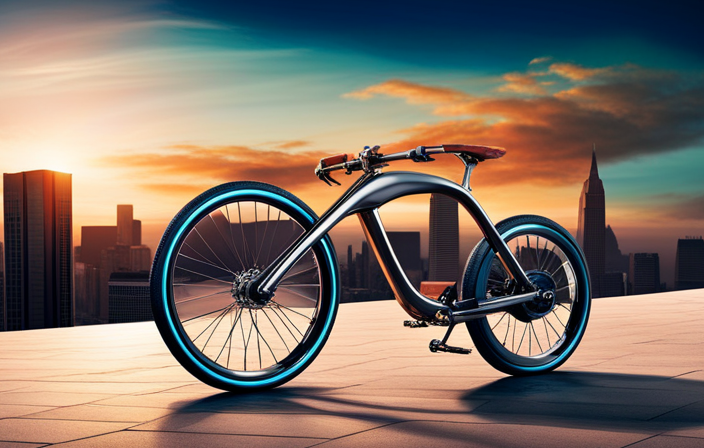
 Electric Bike3 months ago
Electric Bike3 months agoHow To Turn Your Bike Into An Electric Generator
-

 Bike2 months ago
Bike2 months agoAdvantages and Disadvantages of a Carbon Fiber Bike Frame
-

 Beginners Guides2 months ago
Beginners Guides2 months agoA Guide to Right Hybrid Bike Posture: How to Sit on the Bike for Optimal Performance
-
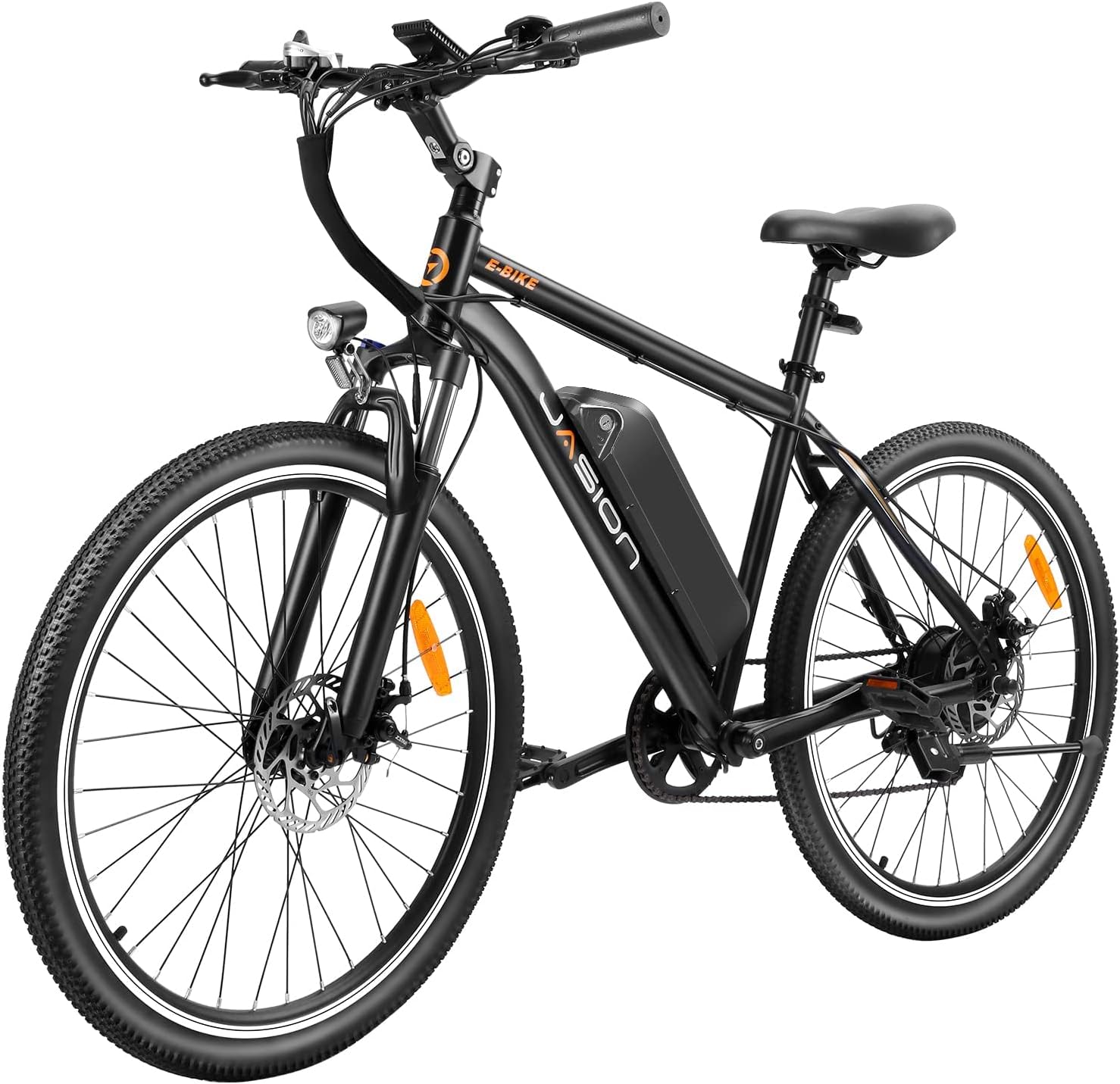
 Vetted3 months ago
Vetted3 months agoJasion EB5 Electric Bike Review: Commute Mountain Bike for Adults
-
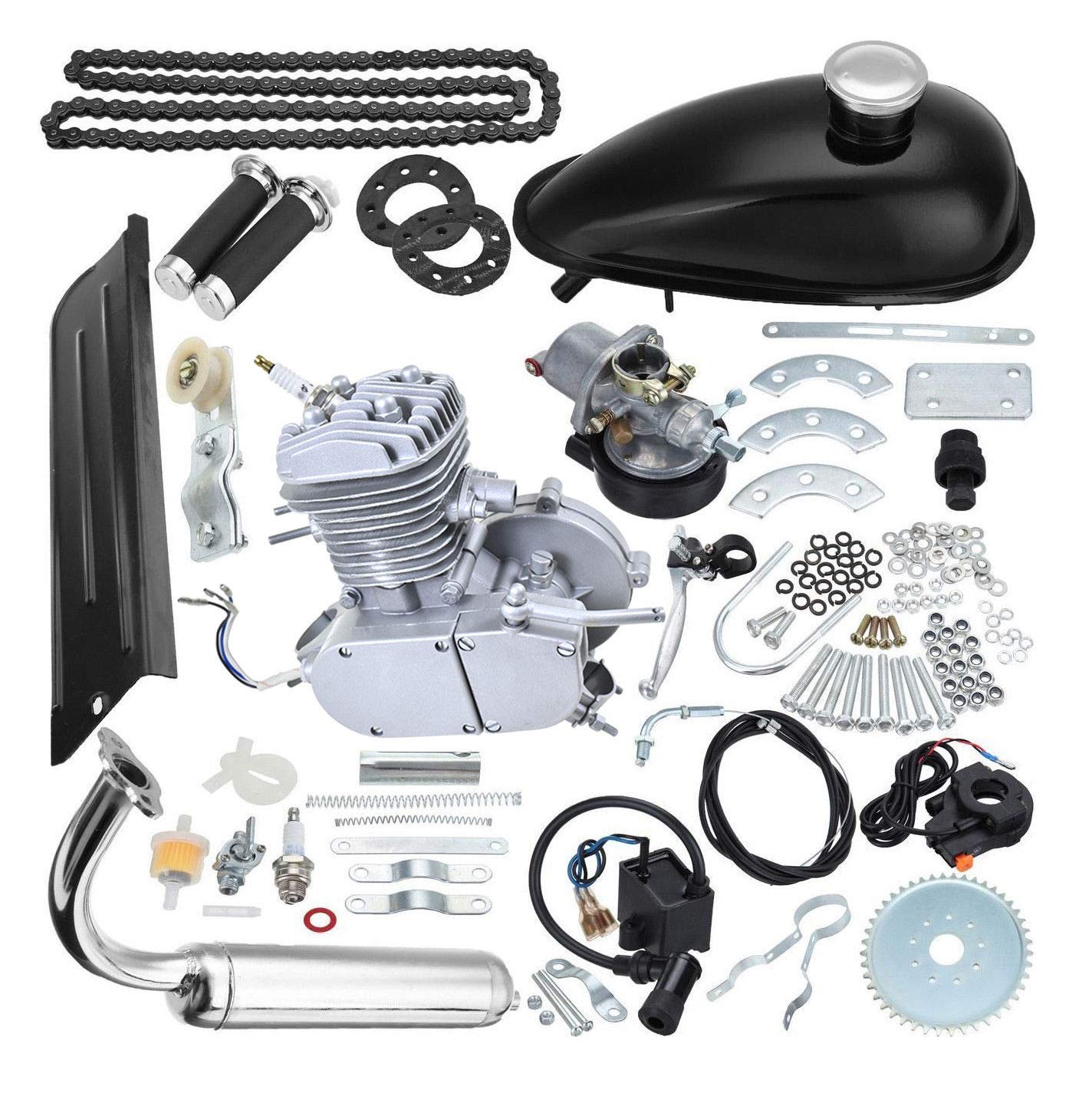
 Vetted3 months ago
Vetted3 months agoReview: 80CC Motorized Bicycle Gas Engine Kit with Performance Carburetor
-

 Beginners Guides2 months ago
Beginners Guides2 months agoWhere Are KTM Motorcycles Made?
-

 Vetted3 months ago
Vetted3 months agoFREESKY Electric Bike Review: 1000W Motor, 48V Battery, Full Suspension
-

 Electric Bike3 months ago
Electric Bike3 months agoHow To Program Electric Bike Controller For More Speed
